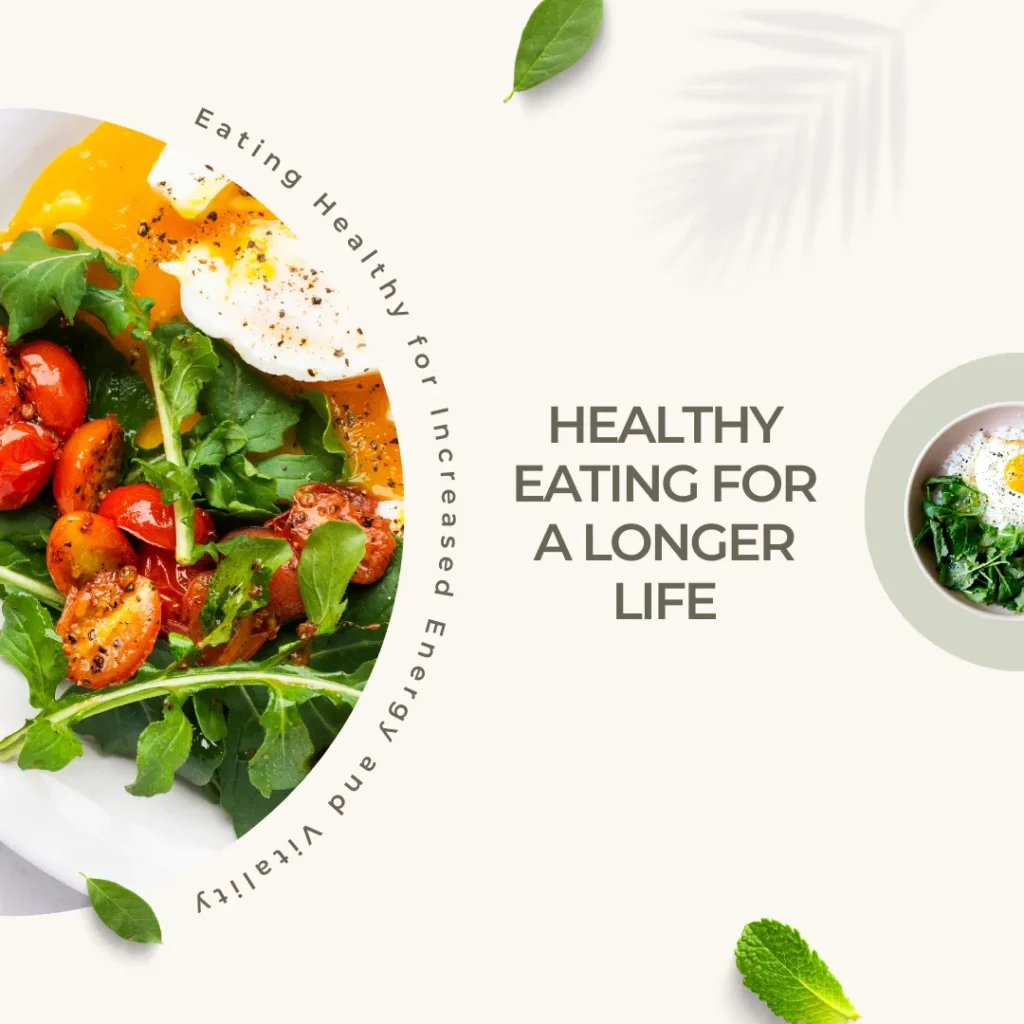Diet plan for weight gain in 1 month
Diet plan for weight gain in 1 month. Are you struggling to put on weight despite your best efforts? Whether you’re naturally thin, recovering from an illness, or looking to add muscle mass, gaining weight in a healthy way requires a strategic approach. This comprehensive guide will help you achieve your weight gain goals in just one month through proper nutrition, strategic meal planning, and complementary exercise.

Understanding Weight Gain Fundamentals
The Science of Calorie Surplus
At its core, weight gain is a matter of consuming more calories than your body burns. This is known as a calorie surplus. For healthy weight gain:
- An additional 500-1000 calories per day can promote 1-2 pounds of weight gain per week
- Approximately 3,500 extra calories are required to gain one pound of body weight
- Experts recommend consuming 10-20% above your daily maintenance calorie needs for steady weight gain.
Remember that individual factors such as metabolism, activity level, and genetics play significant roles in how quickly you’ll see results. The key is consistency with your calorie surplus while focusing on nutrient-dense foods rather than empty calories.
Creating Your Weight Gain Meal Plan
The Complete Macro Cookbook: 2-Week Meal Plan for Muscle Gain, 2-Week Meal Plan for Fat Loss, Workout Guidance and Routines.
The macro diet is all about balancing fat, carbs, and protein to help you build muscle and lose fat. This macro cookbook gives you the expert guidance and a range of flavorful recipes you need to get started and see results.

Step 1: Calculate Your Calorie Needs
Before beginning your weight gain journey, determine your baseline calorie needs:
- Calculate your Basal Metabolic Rate (BMR)—the calories you need at rest
- Factor in your activity level to find your Total Daily Energy Expenditure (TDEE)
- Add 500-1000 calories to your TDEE for your weight gain target
For example, if your TDEE is 2,000 calories, aim for 2,500-3,000 calories daily for weight gain.
Step 2: Focus on Nutrient-Dense Foods
Not all calories are created equal. Focus on these nutrient-dense food groups:
Protein Sources (for muscle building):
- Lean meats (chicken, beef, pork)
- Fish and seafood
- Eggs
- Dairy products (milk, yogurt, cheese)
- Plant-based options (legumes, tofu, tempeh)
Healthy Carbohydrates (for energy and calories):
- Whole grains (brown rice, oats, quinoa)
- Starchy vegetables (potatoes, sweet potatoes)
- Whole grain bread and pasta
- Dried fruits
Healthy Fats (calorie-dense and hormone-supporting):
- Nuts and nut butters
- Seeds (flax, chia, sunflower)
- Avocados
- Olive oil
- Coconut oil
Nutrient-Rich Extras:
- Full-fat dairy products
- Dried fruits
- Granola
- Dark chocolate
- Homemade protein smoothies
7-Day Weight Gain Meal Plan
Here’s a sample 7-day meal plan that you can repeat throughout the month, making adjustments as needed:
Day 1
Breakfast:
- 3 scrambled eggs with cheese
- 2 slices whole grain toast with avocado spread
- 1 cup full-fat Greek yogurt with honey and granola
- 1 glass of whole milk
Mid-Morning Snack:
- Protein smoothie (1 banana, 2 tbsp peanut butter, 1 cup whole milk, 1 scoop protein powder)
Lunch:
- Chicken and rice bowl with:
- 6 oz grilled chicken breast
- 1 cup brown rice
- ½ avocado
- Olive oil drizzle
- Mixed vegetables
Afternoon Snack:
- 1 apple with 2 tbsp almond butter
- ¼ cup mixed nuts
Dinner:
- 8 oz salmon fillet
- 1 large sweet potato with butter
- 1 cup steamed broccoli with olive oil
- Side salad with olive oil dressing
Evening Snack:
- 1 cup cottage cheese with pineapple chunks
Day 2
Breakfast:
- Oatmeal made with whole milk, topped with banana, walnuts, and honey
- 2 boiled eggs
- 1 glass of orange juice

Mid-Morning Snack:
- Trail mix (nuts, seeds, dried fruits, dark chocolate)
Lunch:
- Beef burrito with:
- Whole wheat tortilla
- 6 oz ground beef
- Beans, cheese, avocado
- Sour cream
- Rice
Afternoon Snack:
- Smoothie (yogurt, banana, peanut butter, oats)
Dinner:
- Pasta with meatballs:
- 1.5 cups whole grain pasta
- 4 homemade beef/pork meatballs
- Tomato sauce
- Parmesan cheese
- Side of garlic bread
Evening Snack:
- Greek yogurt parfait with granola and berries
Continue with similar high-calorie, nutrient-dense meal patterns for the remaining days of the week, ensuring variety while maintaining calorie surplus.
Strategic Eating Tips for Weight Gain
- Eat Frequently: Aim for 5-6 smaller meals throughout the day instead of 3 large ones
- Drink Calories: Consume high-calorie beverages like smoothies, shakes, and whole milk
- Add Calorie Boosters: Top your regular meals with extra calorie-dense additions:
- Add nuts, seeds, or granola to salads, yogurt, or oatmeal
- Use olive oil, butter, or cheese as toppings when possible
- Add avocado to sandwiches, salads, and eggs
- Time Your Eating: Never skip meals, especially breakfast
- Pre-Bed Nutrition: Have a protein-rich snack before bedtime to support overnight recovery Mayo Clinic.
Top 10 Weight-Gain Foods to Include Daily
- Homemade Protein Smoothies: Blend milk, bananas, protein powder, peanut butter, and oats
- Whole Milk: Provides protein, carbs, fat, calcium, and vitamins
- Rice: Carb-dense and easy to incorporate into meals
- Nuts and Nut Butters: Calorie-dense and nutritious
- Red Meats: High in protein, iron, and leucine (important for muscle building)
- Potatoes and Starches: Provides carbs and calories
- Salmon and Oily Fish: Rich in protein and healthy fats
- Protein Supplements: Whey protein for convenient protein intake
- Dried Fruits: Calorie-dense and nutrient-rich
- Whole Grain Bread: With healthy toppings like avocado, eggs, or nut butters.
Exercise for Healthy Weight Gain
While diet is crucial for weight gain, strategic exercise helps ensure you gain muscle rather than just fat. Focus on:
Strength Training
- Compound exercises: Prioritize multi-joint movements that work multiple muscle groups simultaneously:
- Squats
- Deadlifts
- Bench press
- Overhead press
- Pull-ups
- Rows
- Training frequency: 3-4 days per week
- Rest periods: Allow 48 hours of recovery between training sessions for the same muscle group
- Progressive overload: Gradually increase weight or repetitions to stimulate growth Men’s Health
Sample Workout Plan
Day 1: Push (Chest, Shoulders, Triceps)
- Bench Press: 3-4 sets of 6-10 reps
- Overhead Press: 3 sets of 8-12 reps
- Incline Dumbbell Press: 3 sets of 8-12 reps
- Tricep Dips or Extensions: 3 sets of 10-15 reps
Day 2: Pull (Back, Biceps)
- Deadlifts: 3-4 sets of 6-10 reps
- Pull-ups or Lat Pulldowns: 3 sets of 8-12 reps
- Rows: 3 sets of 8-12 reps
- Bicep Curls: 3 sets of 10-15 reps
Day 3: Legs (Quads, Hamstrings, Calves)
- Squats: 3-4 sets of 6-10 reps
- Lunges: 3 sets of 8-12 reps per leg
- Leg Press: 3 sets of 8-12 reps
- Calf Raises: 3 sets of 15-20 reps
Day 4: Rest or Light Cardio
Balance your workouts with adequate rest and recovery. Avoid excessive cardio, which can burn too many calories and work against your weight gain goals.
Tracking Your Progress
Monitor your weight gain journey to ensure you’re on track:
- Weigh yourself consistently: Once or twice weekly, at the same time of day
- Take measurements: Track changes in chest, arms, waist, hips, and thighs
- Keep a food journal: Document your daily calorie intake
- Adjust as needed: If you’re not seeing results after two weeks, increase calories by another 300-500 per day
Common Challenges and Solutions
Difficulty Eating Enough
Solution: Increase caloric density rather than food volume. Use calorie-dense foods and liquid calories.
Fast Metabolism
Solution: Focus on even higher calorie intake and prioritize resistance training to build muscle mass.
(How does sermorelin interact with somatostatin? Sermorelin acetate is a synthetic version of growth hormone-releasing hormone (GHRH) that stimulates the body’s natural production of growth hormone. FDA-approved for diagnosing and treating growth hormone deficiency in children, this peptide has gained attention for its potential benefits in adults as well.
Feeling Too Full
Solution: Spread meals throughout the day, drink calories between meals, and consider calorie-dense foods that don’t fill you up as much.
Final Thoughts
Remember that healthy weight gain is a gradual process. Focus on nutrient-dense foods while maintaining a consistent calorie surplus. Combine your nutritional approach with appropriate resistance training to ensure you’re gaining quality weight in the form of muscle rather than just fat.
Be patient and consistent – your body needs time to respond to the increased calories and exercise stimulus. If you stick to the principles outlined in this guide, you can expect to gain 4-8 pounds in a month, with continued progress as you maintain your weight gain practices.
Before beginning any significant dietary or exercise changes, especially if you have any underlying health conditions, consult with a healthcare professional or registered dietitian who can provide personalized guidance.







